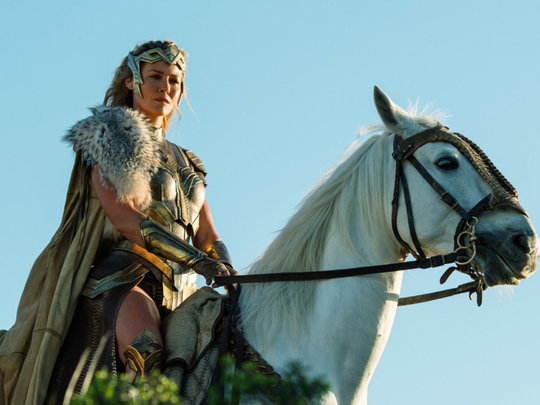
Galvanised by Ashley Judd, Rose McGowan and others in the #MeToo movement, women seized the narrative in Hollywood in 2017. But on screen, it was a different picture.
Women claimed just 24 per cent of leading roles, or protagonists, in the top 100 films last year, down from 29 per cent in 2016, according to a new report from San Diego State’s Center for the Study of Women in Television and Film.
Audiences in 2017, the report found, were almost twice as likely to see male characters on screen as female characters.
For example, women made up 37 per cent of major characters — a broader category that includes actors who were not central protagonists — in those top-grossing films in the US and Canada. That percentage did not budge from 2016, according to the report, titled It’s a Man’s (Celluloid) World.
Major characters were defined as those that appeared in more than one scene and were important to the film’s plot. Male characters accounted for nearly two-thirds of the major roles — a disparity that probably will be noted next month during the 90th Academy Awards.
The study, which was produced by professor Martha Lauzen, covered 2,361 characters portrayed in the top-100 grossing films domestically. It highlighted how Walt Disney/Lucasfilm’s Star Wars: The Last Jedi, Disney’s Beauty and the Beast and Warner Bros.’ Wonder Woman — which combined produced more than $1.5 billion (Dh5.5 billion) in domestic ticket sales — were the exceptions.
“Despite the visibility of female leads in the top three grossing films of 2017, the overall percentage of female protagonists declined,” Lauzen said in a statement. “The numbers do not yet reflect claims of a tectonic or massive shift in the film industry.”
For example, only 32 per cent of the films boasted 10 or more female characters with speaking roles, compared with 79 per cent of films that featured 10 or more male characters with speaking parts.
Men also were more likely portrayed in work settings than women — and as leaders.













